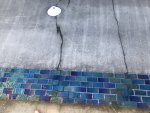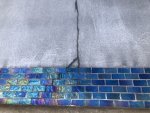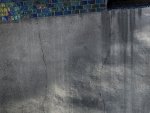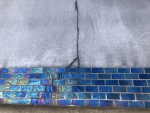Our pool is less than a year old, and the plaster has never been “right”. the color wasn’t right, and had white spots on the bottom. PB said they would go away with brushing, but never did. Then we found a crack.
So yesterday we drain it, and he comes over with acid to fix white spots. Spends a few hours with acid, and then starts adding water back in.
Said he would come back this morning to put some other chemicals in to keep plaster dust out, and fix the crack.
Now that it’s drained I can see we have cracks on all sides of the pool. PB says they are only noticeable when there is no water, and they seal when they are under water?
My question is did I get a bad plaster job, and should I be concerned and ask for it to be redone, or is it normal settling and everything is fine.
Any advice here is greatly appreciated.
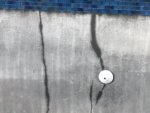
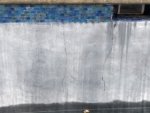
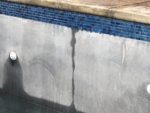
So yesterday we drain it, and he comes over with acid to fix white spots. Spends a few hours with acid, and then starts adding water back in.
Said he would come back this morning to put some other chemicals in to keep plaster dust out, and fix the crack.
Now that it’s drained I can see we have cracks on all sides of the pool. PB says they are only noticeable when there is no water, and they seal when they are under water?
My question is did I get a bad plaster job, and should I be concerned and ask for it to be redone, or is it normal settling and everything is fine.
Any advice here is greatly appreciated.





